Sideline - a unique tactic of Thailand
The moment Suphanat Muenta jumped high to make a beautiful cross-angle header for Thailand to seal a 3-1 victory over the Philippines, the essence of the Golden Temple team was revealed.
Despite being physically exhausted by the young stars of the Philippines, being pressured and constrained by a heavy psychological burden, Thailand still found a way to win. In the Southeast Asian playground, the "War Elephants" are still extremely brave. Being pushed into a corner can only make it difficult, but cannot defeat coach Masatada Ishii and his team.
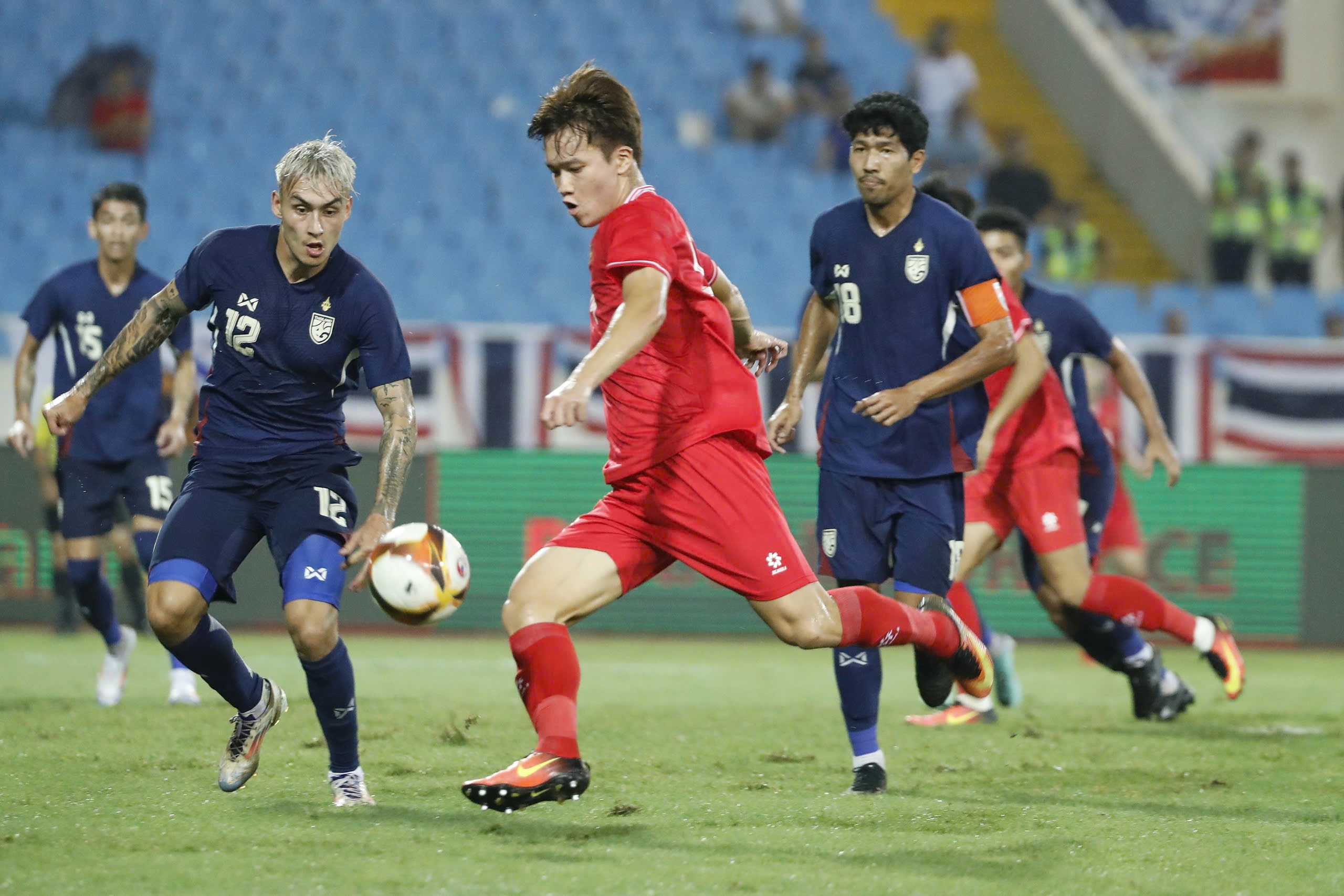
Vietnam team lost to Thailand in a friendly match in September.
The mettle of the Thai people comes not only from their vast experience, but also from their tactical level. The Thai team controls the ball well, passes the ball smoothly, coordinates the passes rhythmically, and is well-organized with the ability to pass the ball and move to find space, all of which are superior to the average in Southeast Asia. The tactical thinking and even technique of the generations of players help Thailand maintain its long-term dominance at the AFF Cup, with 4 championships in the last 5 tournaments.
Winning a thrilling victory over the Philippines, Thailand will face Vietnam in the final of the ASEAN Championship.
Under the guidance of Coach Ishii, Thailand is even more dangerous than before. Instead of simply playing short passes like the time when fans called them Thai-tik-tok to describe their precise passing rhythm, Thailand now plays long balls and sidelines, which is also worth watching. Two of the three goals that helped Thailand defeat the Philippines, or many of the goals scored against Timor Leste, Singapore, and Cambodia by Mr. Ishii's students, all came from tactics that were never Thailand's forte before.
Coach Ishii has many elements to create a unique wing attack. That is the wing-back duo Suphanan Bureerat and Nicholas Mickelson, in which Bureerat is Thailand's "crossing machine" with highly accurate crosses.
In the penalty area, Thailand has Patrick Gustavsson - a Thai striker with an ideal physique (1.84 m) and impressive aerial ability, along with Suphanat Muenta, who is not tall but has sharp positioning skills. In addition, good headers such as Jonathan Khemdee, Pansa Hemviboon or Chalermsak Aukkee also help the "War Elephants" have more ideas. Thanks to the high ball, Thailand has more weapons to decode the tough defense.
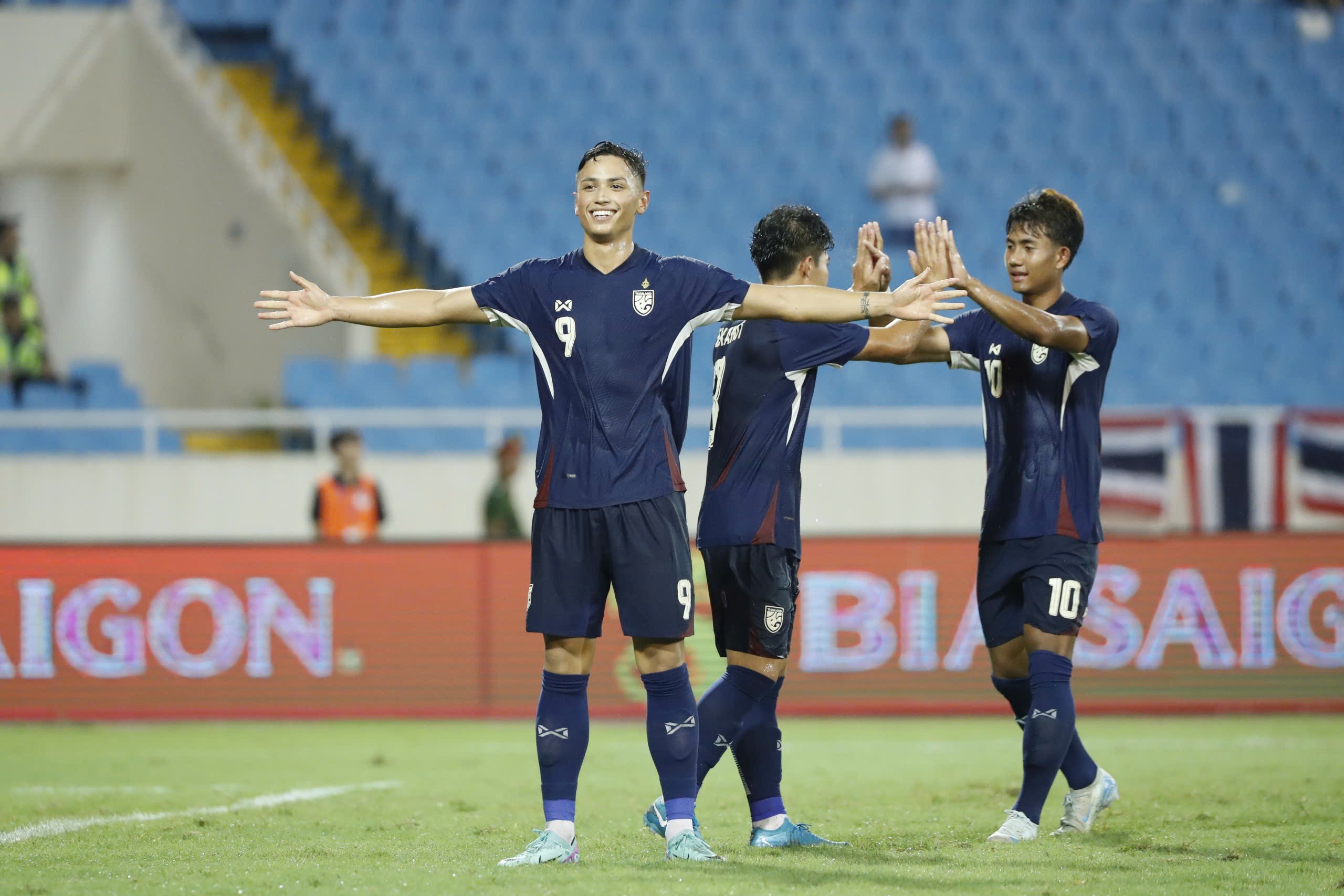
Thailand is very strong in air combat.
However, Thailand did not cross and head the ball naturally. Coach Ishii's students had many wing-attacking options such as returning the ball to the second line, crossing, low crosses... thanks to their extremely "weird" strikers who were good at maneuvering in tight spaces. To stand firm against Thailand, the Vietnamese team had to block both wings.
How does the Vietnamese team resist?
Mr. Kim used many defensive frameworks to "lock in" 3 optimal central defenders: Duy Manh, Thanh Chung and Tien Dung. Compared to the crisis period under coach Philippe Troussier, the Vietnamese team defended better. However, looking at the 2 semi-final matches with Singapore, there was still confusion in the defenders' choice of landing points, reading situations or covering and supporting.
The young armies of Singapore and Indonesia are not sharp enough to take advantage of the mistakes of the Vietnamese defense. However, Thailand is a different story. Most likely, the Vietnamese team will have to defend hard to withstand the pressure even when playing at home in Viet Tri.
To stop Thailand's sharp and systematic cross-line coordination, the Vietnamese team needs to maintain a reasonable formation distance, coordinate close pressure and mark closely. They need to be steady in aerial battles with strikers like Gustavsson or Suphanat. Any mistake can be punished when the opponent is at a high level like Thailand.
In addition, the role of the two wingers is very important. However, this is the position that leaves the biggest question mark when coach Kim Sang-sik has rotated the full-backs continuously in the past 6 matches. With Tien Anh, Van Thanh and Xuan Manh on the right wing and Van Vi and Van Khang on the left wing, which wingers will the Vietnamese team use on the field, and how will they line up to defend and cover both wings? Hopefully, in the short 3 days of preparation, Mr. Kim has found a solution.
Watch ASEAN Mitsubishi Electric Cup 2024 live & in full on FPT Play, at: http://fptplay.vn
Source: https://thanhnien.vn/diem-manh-cua-thai-lan-lo-dien-doi-tuyen-viet-nam-can-de-chung-18524123116494213.htm


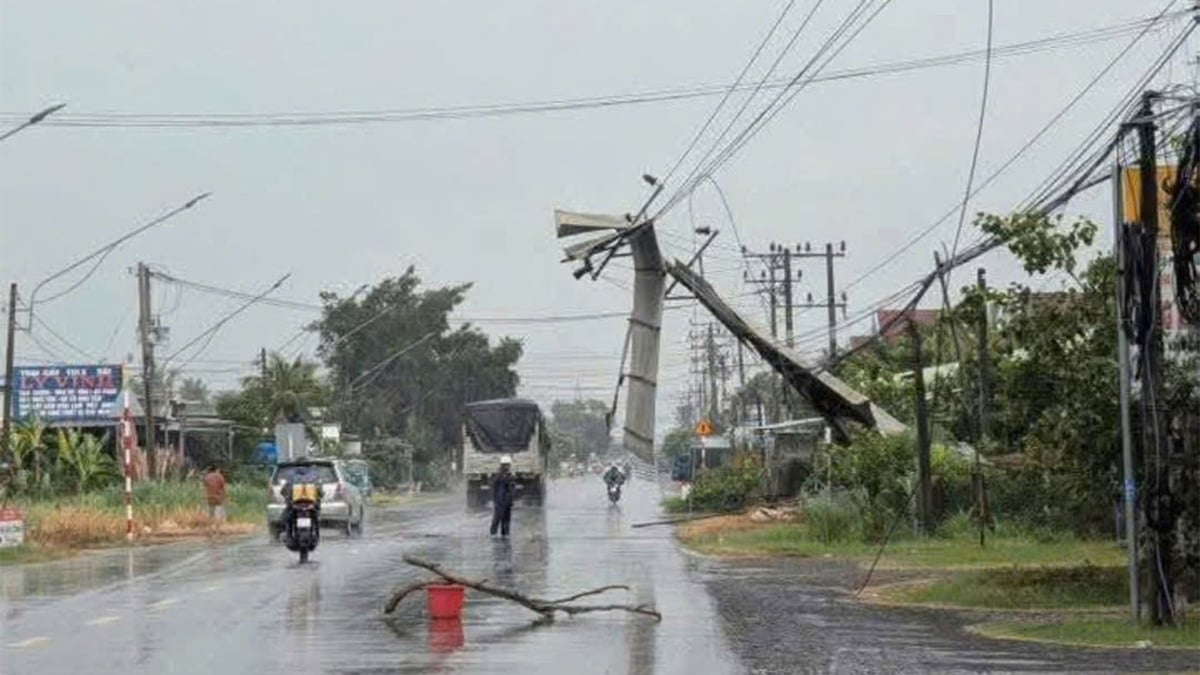
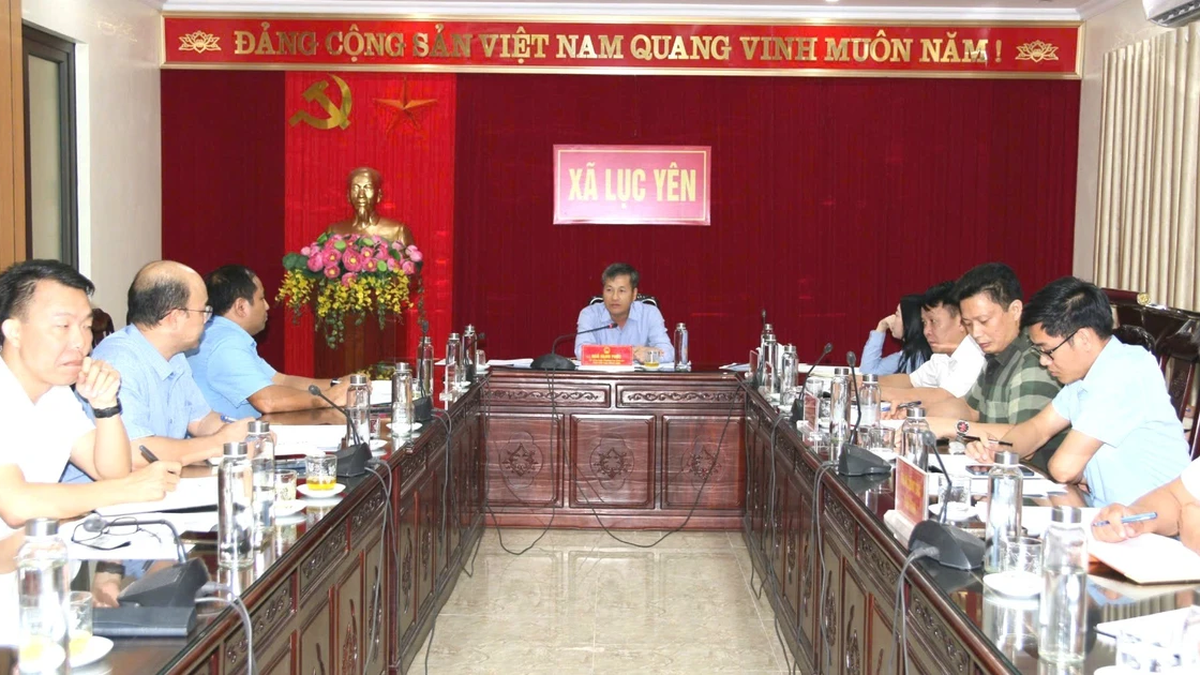
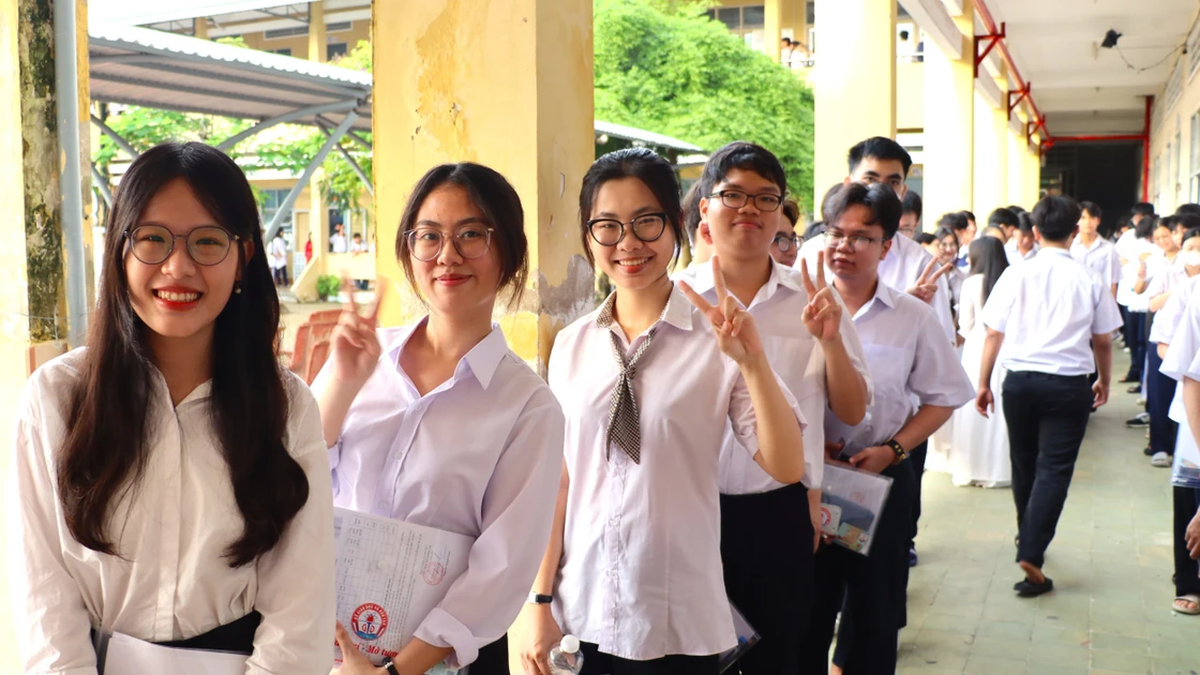
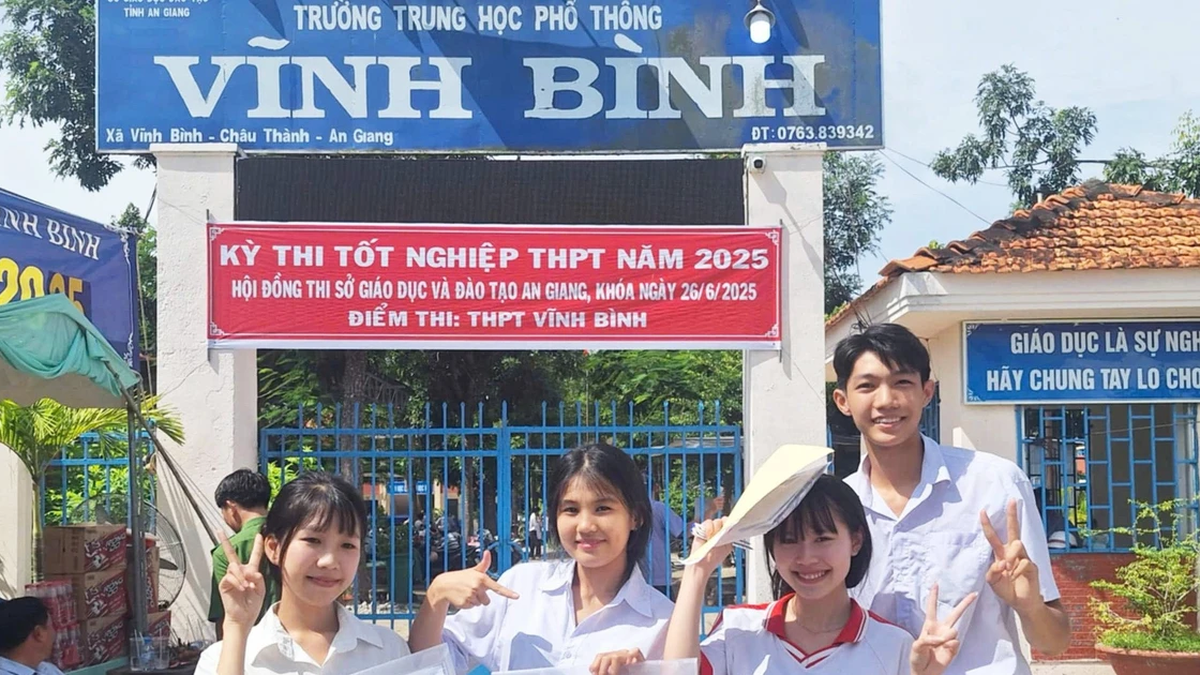
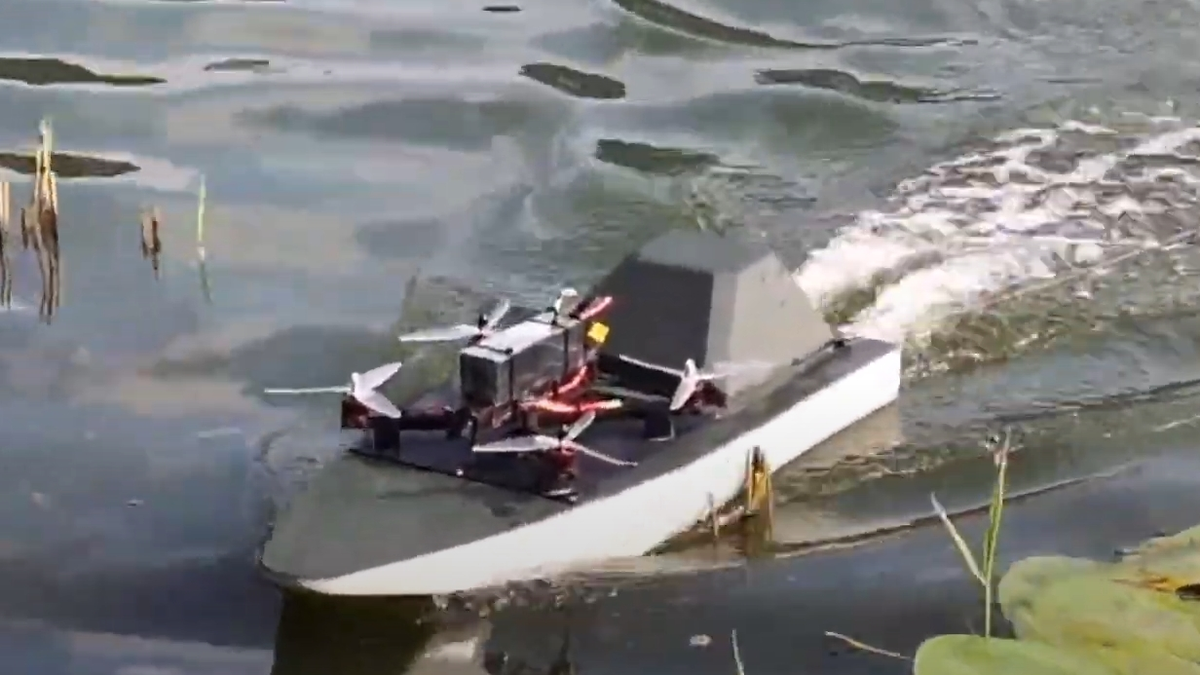

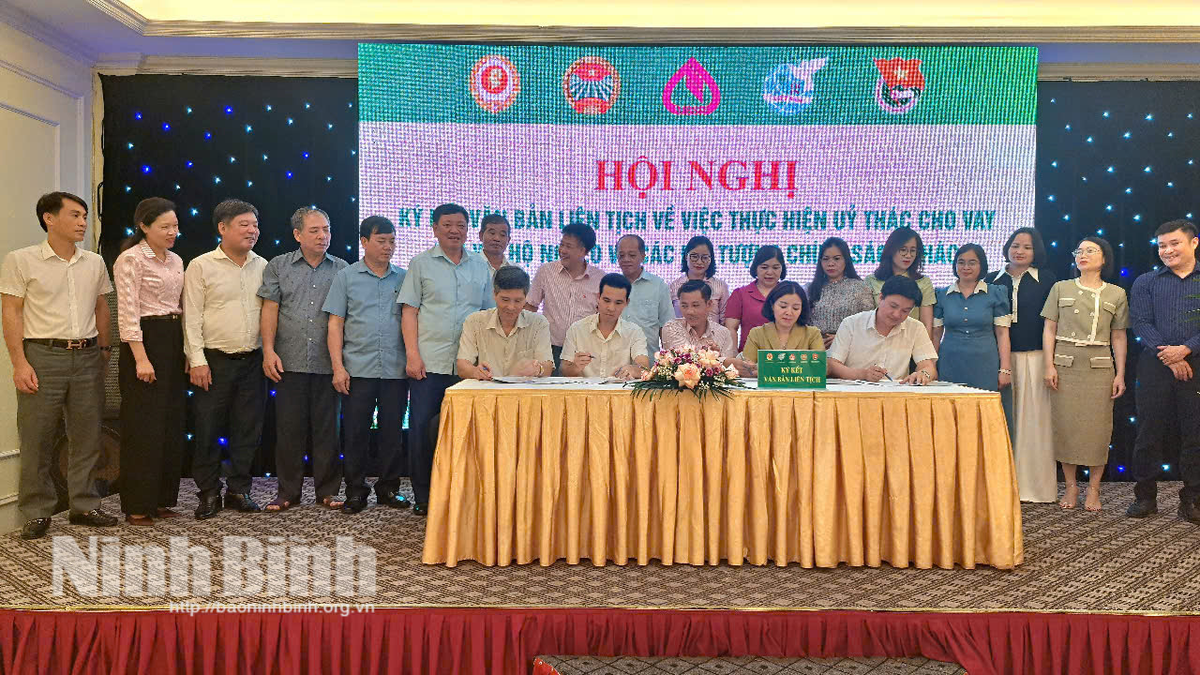
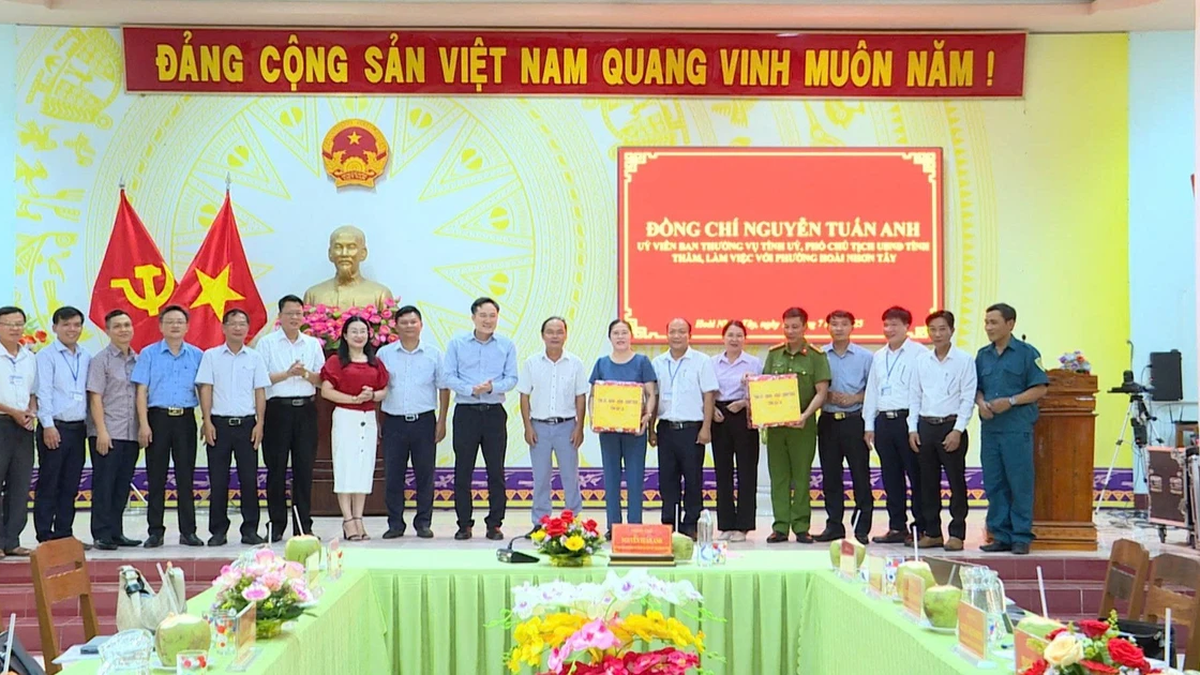
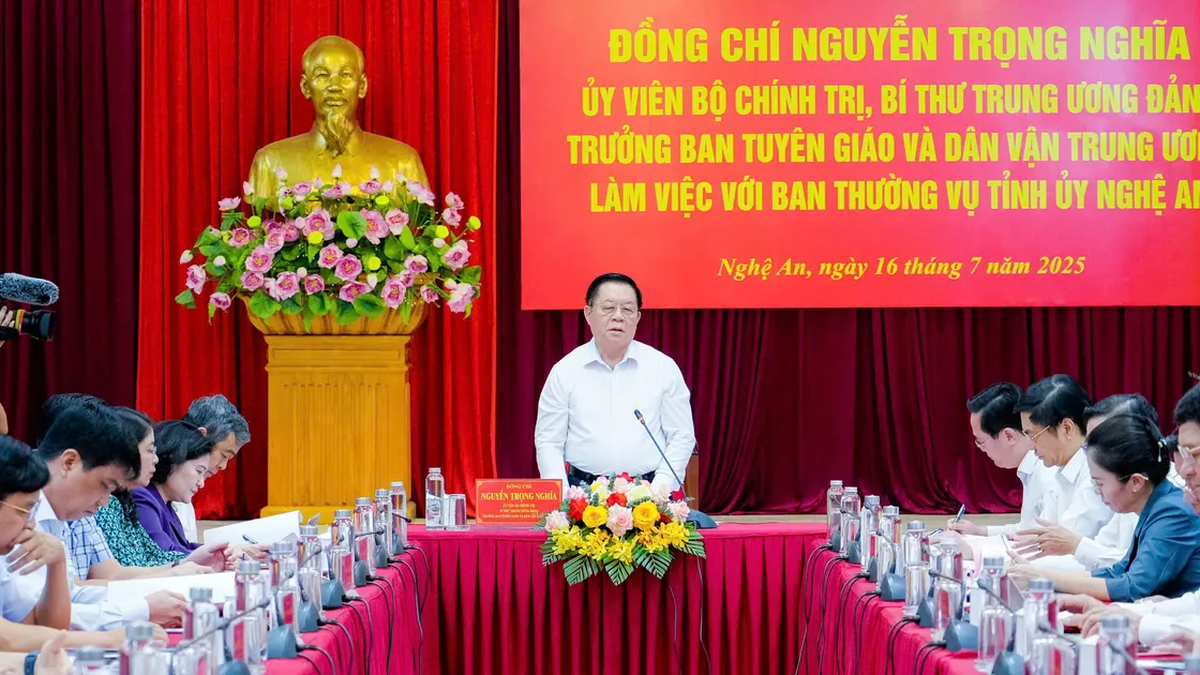
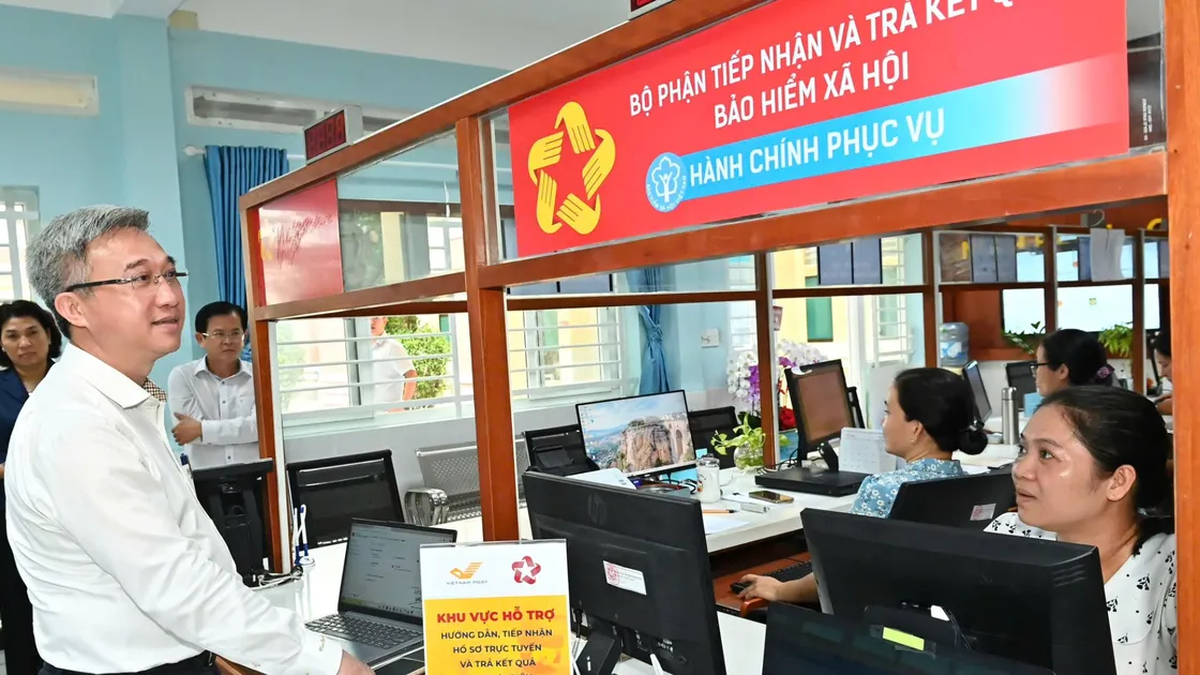








































![[Maritime News] More than 80% of global container shipping capacity is in the hands of MSC and major shipping alliances](https://vphoto.vietnam.vn/thumb/402x226/vietnam/resource/IMAGE/2025/7/16/6b4d586c984b4cbf8c5680352b9eaeb0)



















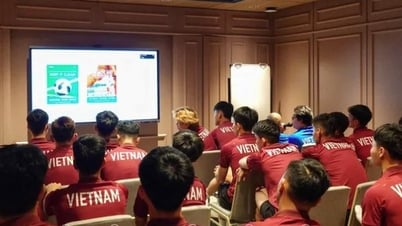
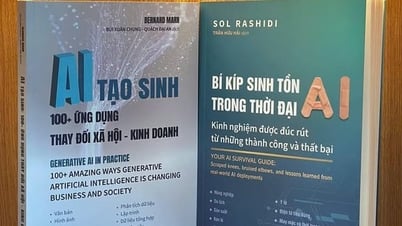
























Comment (0)